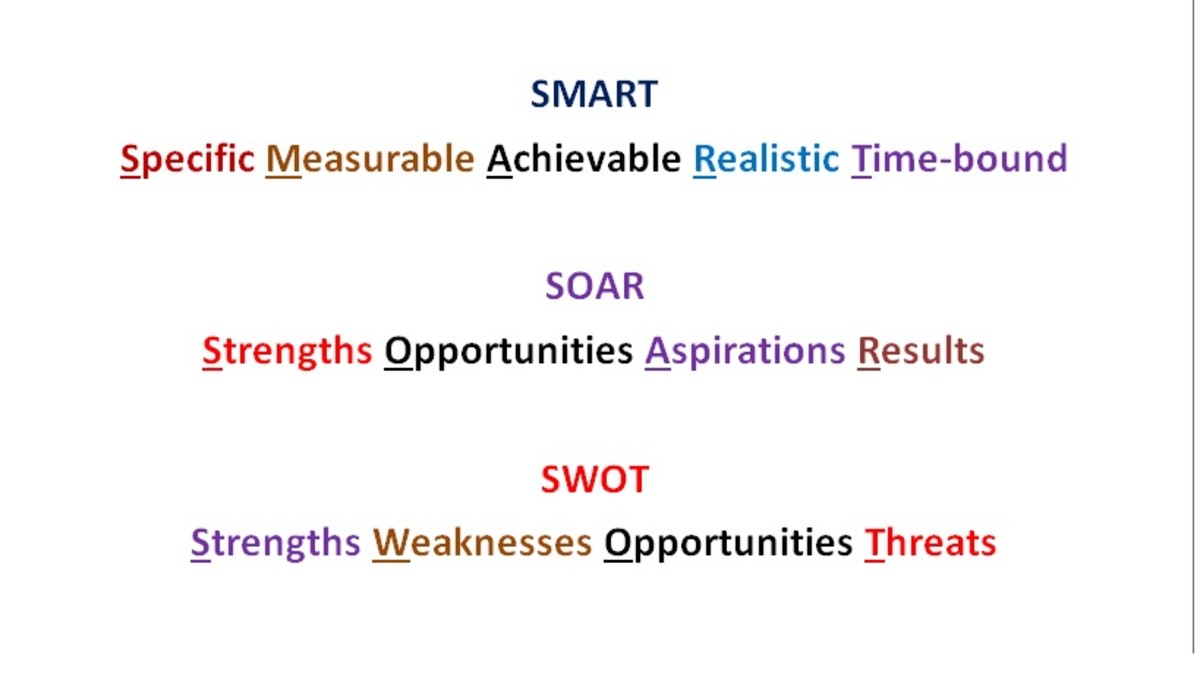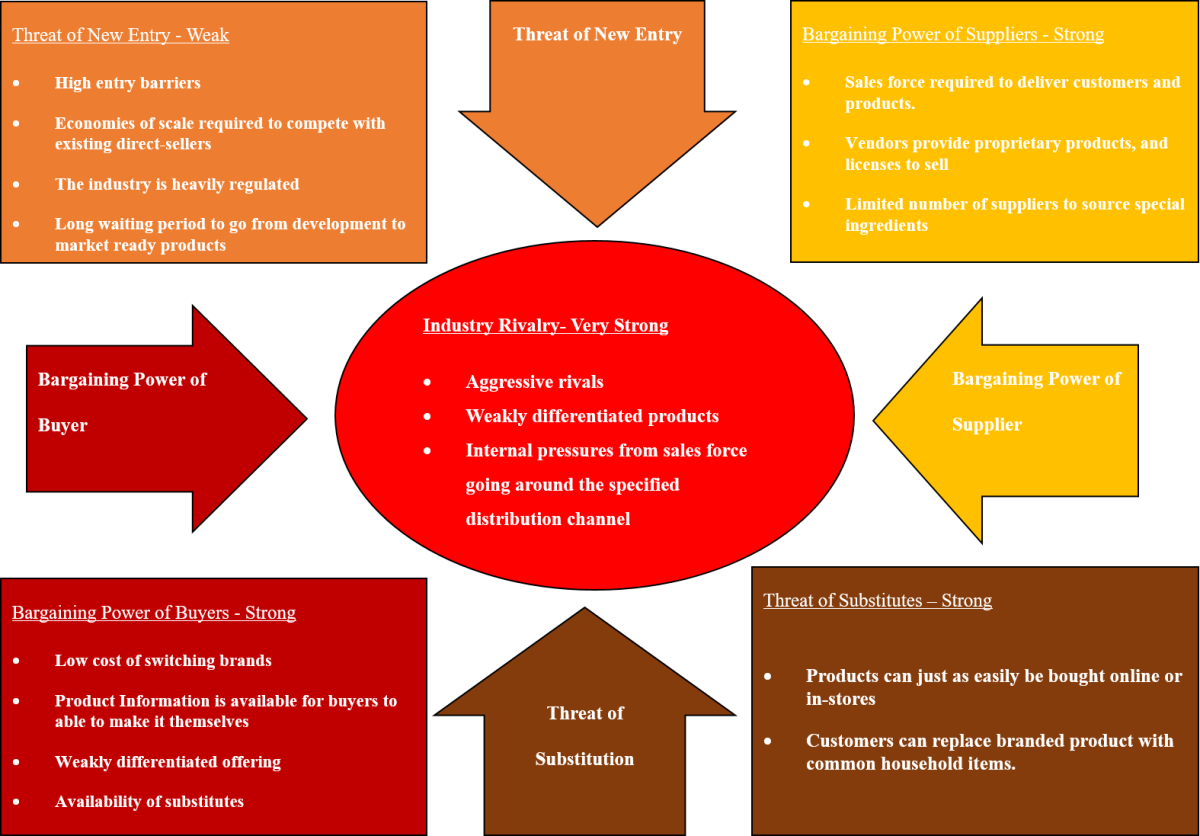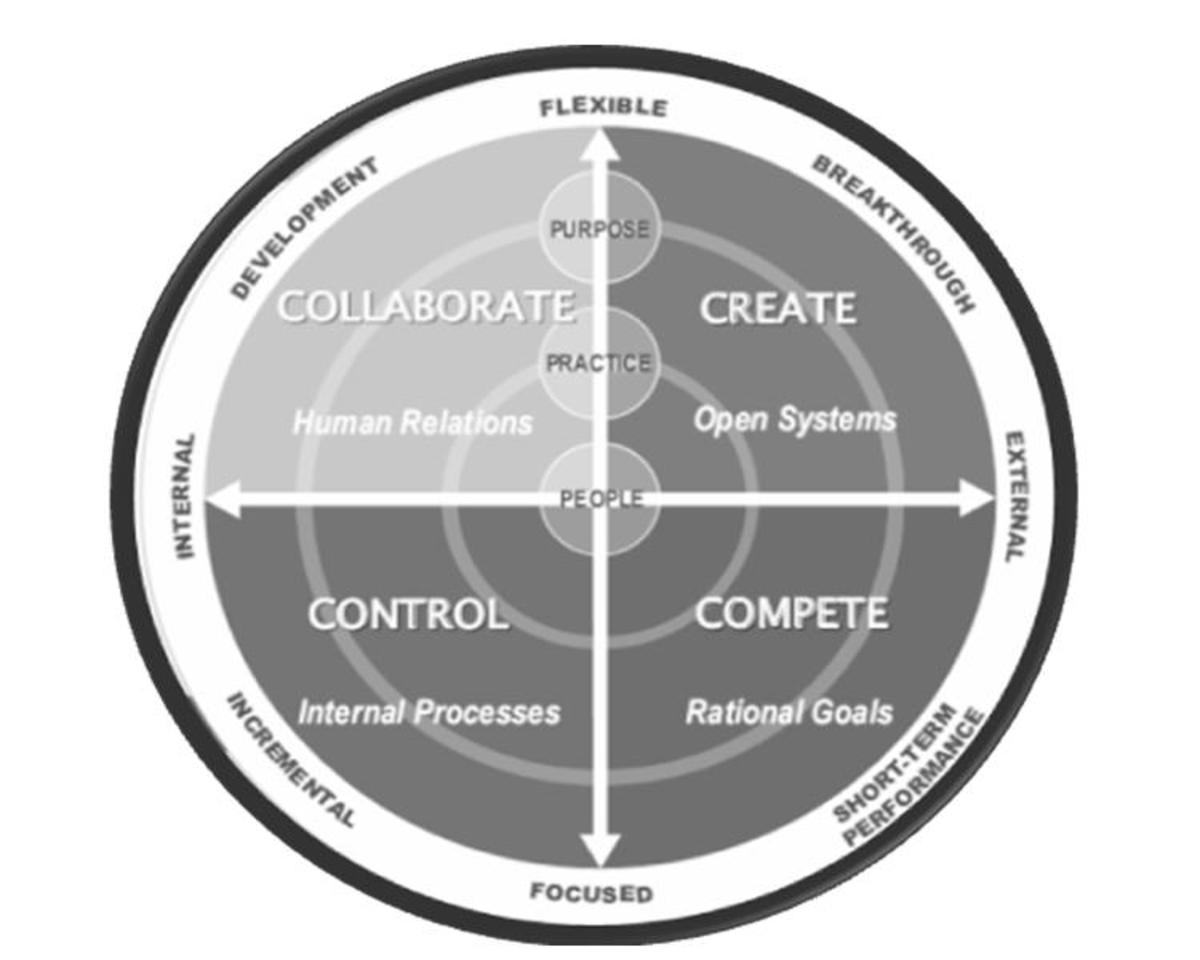Business Strategy: an Internal, SWOT, and Value Chain Analysis

Internal Analysis

First, a company must determine whether the current business strategy is working. To do so, it can look at trends in sales, growth, financial strength, retention rate, and reputation. Second, a company must identify, determine the strength of, and utilize its important resources and capabilities. Common resources and capabilities include: expertise, assets, and alliances. To determine the power of the resources and capabilities, a company must determine whether they are competitively valuable, unique, and hard to duplicate. Finally, the appraisal of the company’s resources and capabilities can be done with a SWOT Analysis. This will give the company a clear picture of what needs to be changed, improved upon, or what it is doing well.

What is a SWOT Analysis?

It is a tool for determining the company’s strengths, weaknesses, opportunities, and threats. A company’s strengths and weaknesses are internal resources and deficiencies. A company’s opportunities and threats involve the industry and how the company is doing in terms of its external environment. A SWOT Analysis helps the company determine what its overall situation and access any changes that may need to be made. This way the company can translate these strategic conclusions to match the company’s strategy, and be more effective.

Strengths

The strengths of a company can be represented by its assets, power, its management team, its competitive advantage, and much more. Here is a typical list of a company’s strengths:
- Alliances and joint ventures with successful companies
- Does a better job than any other retailer in executing a concept
- The approach to current technology and related technological advances is to increase productivity, and drive costs down.
- Best global footprints to serve many customers worldwide
- The leader of the company’s field
- Better quality products and services
- The most cost-efficient retailer in the industry
- Provides customers with Satisfaction Guaranteed and special perks not offered elsewhere
- A mission, culture, and core values that are timeless and universal
- Strong employee motivation, with a mixed atmosphere and a family feeling
- Management with an open-door policy, and the president being friendly to all employees
- Job security for employees, making them work harder and providing excellence in the great products and services they offer to the customers.
- Offer products and services that other companies cannot, tailor content to the customers’ needs, customized products and services, and specified, formulated products and services providing resources that customers require.
- Promote environmental sustainability by conducting business in an eco-friendly manner
- Offers customers a wide variety and selection of products and services
- A highly scalable business model
- Advertising-based revenue that outdoes the competition
- Products are produced internally, lowering costs
- Because of the combination and customization of products and services, it stacks above the competition
- Discounts and perks for customers that cannot be offered elsewhere
- Ability to maintain strong relationships with users, advertisers, and affiliates
- A continuous growing number of employees
- A very strong supply chain
- Increasing revenues and company growth
- The company’s operating earnings grows each year
- A record number of customers in its industry
- Able to report a profit every year, regardless of if the industry is going downhill
- Unmatchable cost savings and ways to operate cost-efficiently for the customers
- Achieves the strongest balance sheet in the industry
- High customer service ratings, illustrating that customers save money and live better lives, promoting loyalty
- Strong product innovation capabilities
- A friendly atmosphere with great co-workers who get along well with one another (a team focused environment)
- An ethics driven culture with a focus on productivity
- The ability to improve products and services
- A strong competitive advantage over its rivals
- Good relations with managers and supervisors
- Technological superiority
- Learning and experience curves that the company does not have
- Strong core competencies
- Contains the largest market share in the industry
- Strong brand name or strong company reputation
- A strong financial position
Weaknesses

The weaknesses of a company illustrate the disadvantages it has in the marketplace. Nearly all companies have weaknesses of some kind. The extent of the weaknesses depends on how important they are in the industry. Its resource weaknesses represent competitive liabilities that should be addressed. Here is a typical list of a company’s weaknesses:
- No clear strategic direction
- Necessary cost charges that the company cannot afford
- Lack diversity
- No well-developed or proven core competencies
- A failure to perform to the specifications of the product or service
- A high employee turnover rate
- A falling cost to customers for components
- A weak balance sheet with much debt
- A company where employees do not wish to pursue a permanent career there
- A difficulty lowering unit costs
- Higher overall unit costs relative to the competition
- Increases in operating expenses which make it impossible for the company to cut prices and still preserve its operating profit margin
- A poor change in advertising and marketing techniques
- In an effort to sell current plants, no buyers are interested
- Competition is doing a better job
- Equipment in used and in worn condition
- Products and services with features that are inferior to the competition
- Gaps in communication within the company
- Money for parts and tools is too tight for the company
- If the company operates in a competitive environment against larger companies with greater financial and manpower resources
- Different companies throughout the world are having to be shut down
- Poor work ethics
- A rigid culture
- Lack of adequate supervision
- A fraudulent misrepresentation of credit and market risk
- Underperformance due to lack of adequate supervision
- Reckless lender assuming greater and greater risk
- Priorities out of order
- Difficulty in obliging with government policies and procedures
- Lack of a strong team environment due to gossip and a lack of productivity
- Outdated products and services
- A product line that is too narrow
- Bugs or errors in the products that have not yet been fixed
- A weak brand image or reputation
- Weaker dealer network than rivals
- The attributes of the services and products are poor and need improvement
- Behind competition on product or service quality, research and development, and/or technology
- A lack of good management
- Short on financial resources to grow the business and pursue promising initiatives

Opportunities

The opportunities of a company shape the company’s strategy. A company should examine each opportunity, and examine the potential each one holds. Not every company is able to take advantage of the opportunities that come across their path. The most important opportunities are the ones that match up well with the company’s strategy, that offer the best growth possibility, that offer the best chance of growth, and that present the most potential for a competitive advantage. Here is a typical list of a company’s opportunities:
- The chance to service additional customer groups or market segments
- The goal of being the leader in the retail industry
- A goal of being more ethical and more environmentally friendly
- The ability to expand into new geographic markets
- An objective to bring greater value to customers who need and deserve to save on everyday needs
- The ability to expand the product line
- To ability to be more energy efficient and energy independent
- The chance of broadening the range of customer needs
- Use the company’s strong capabilities in supply chain management, low-cost manufacturing, and direct sales to grow sales and market share and expand into product categories where the company could provide added value to its customers in the form of lower prices
- Help customers stretch their money and maintain their independence and to help them maintain their quality of life while living on a fixed income
- To market the new product to the steadily growing customer base
- Utilizing new technology and keeping up with the latest technology
- To gain new value-added capabilities
- Work toward productivity improvements and cost reduction
- The aim at reigniting the company’s revenue growth
- To keep morale and enthusiasm amongst employees high during rough times
- The opportunity to establish a greater marketplace presence and gain more of a market share
- Opportunity for international growth
- Opportunity for advancement amongst the company’s rivals
- Acquiring rivals or companies with expertise the company does not currently have
- The goal of helping customers during tough economic times to be the best destination for shoppers to save money
- Increasing ad revenue

Threats

The threats of a company can occur when certain factors in a company’s external environment endanger the company’s profitability and competitive well-being. External threats can be minor or be so imposing that the company can go into an immediate crisis and strive with a battle to survive. Management must be cautious of any threats to the company’s future and evaluate what strategic actions are needed to neutralize or lessen the impact of the threats. Here is a typical list of a company’s threats:
- Increasing intensity of completion in the industry
- The aging of global population
- A slowdown of the market growth in the industry
- A multi-polar balance of power
- The likely entry of potent new competitors
- Income inequality
- Growing bargaining power of customers or suppliers
- The disruptive power of new technology
- A company lacks a component that the competition has
- Funding or the income of customers decreases drastically
- A shift in buyer needs and tastes away from the industry’s products or services
- Adverse demographic changes that threaten to curtail demand for the industry’s products or services
- The company may be in a position where it must figure out how to build products cheaply enough to be able to significantly under-price competitive products
- The company may be vulnerable to the competition’s strategic offense to regain sales and market share
- A possible global financial crisis
- An uncertain and unplanned for future
- If the world becomes too complex and changes become too rapid for a company of its size to replicate
- The market becomes risky
- The vulnerability to unfavorable industry driving forces
- Having a bad reputation
- The ongoing recession in this country and other developed countries prevent future growth
- Restrictive trade policies on the part of foreign governments
- Costly new regulatory requirements

Being Competitive

There are two excellent ways to analyze whether a company is competitive enough or not: a value chain analysis and benchmarking. A value chain analysis determines the activities that create customer value. It usually contains primary and support activities. The primary activities are: supply chain management, distribution, marketing, service, and operations. The support activities are: research and development, human resource management, technology, and general administration. Benchmarking involves determining which companies are best at performing particular activities and then using those techniques to improve cost and effectiveness of internal activities. The difficult part of this is gaining access to the information about other companies. To determine where a company stands in comparison to its rivals, it must determine the following:
1. How is it ranking in terms of market success?
|
2. Does it have a competitive advantage or disadvantage against its rivals?
|

Management must take all things into consideration when doing an internal analysis. If done successfully, it should be able to determine what improvements need to be made and what the outlook for the company will be in the future. This step is the most important of all, because it is taking action on all of the research and analysis done above.








